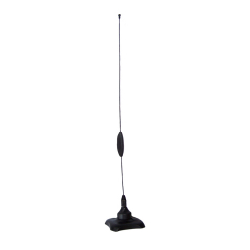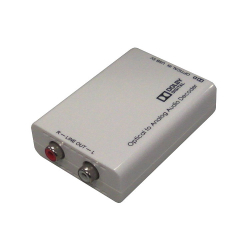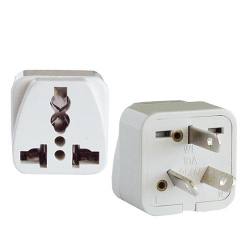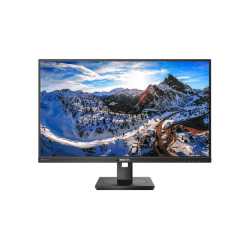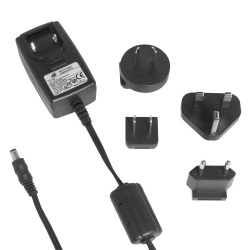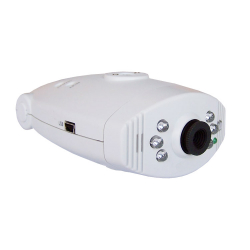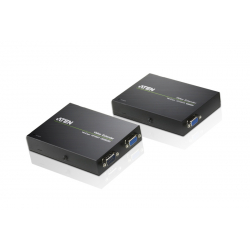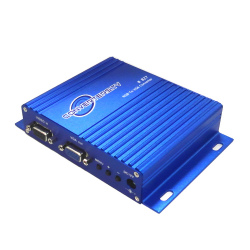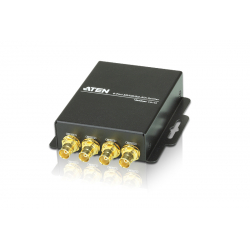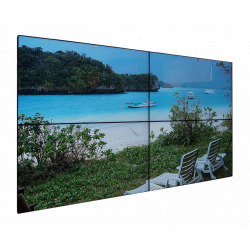A B C D E F G H I J K L M N O P Q R S T U V W X Y Z _
| CAT 5 | Category 5 cable, commonly known as Cat 5 or Cat-5, is an unshielded twisted pair type cable designed for high signal integrity. Used mostly for communication and networking systems - most commonly known as being rated for its Ethernet capability of 100 Mbit/s. Cat 5 cable typically has three twists per inch of each twisted pair of 24 gauge (AWG) copper wires within the cables. Cat 5 has also been adapted to transmit a HDMI signal, successfully transmitting HDMI over extremely long cable runs, i.e. 40-50 meters. |
| CAT 5e | Category 5e cable is an enhanced version of Category 5 that adheres to more stringent standards. It is capable of transmitting data at speeds of up to 1000 Mbps (1 Gigabit per second). |
| CAT 6 | Category 6 cable, commonly referred to as Cat 6 or Cat-6, is a cable standard designed to perform at frequencies of up to 250 MHz and offers higher performance for better transmission of data at speeds up to 1000 Mbps. Backwards compatible with the Category 5/5e and Category 3 cable standards. Cat 6 features more stringent specifications for crosstalk and system noise. Cat 6 has also been adapted to transmit a HDMI signal, successfully transmitting HDMI over extremely long cable runs, i.e. 40-50 meters. |
| Chip Set | A chipset or chip set refers to a group of integrated circuits, or chips, that are designed to work together. Manufacturers of VGA cards, computer main boards, multimedia hardware and other video hardware use chip-sets to perform specific tasks which are integrated into the work of the entire board. |
| Coaxial | Coaxial cable (or 'coax') is a shielded copper wire cable which consists of two conductors that share a common axis. The inner conductor is typically a straight wire, either solid or stranded, and the outer conductor is typically a shield that might be braided or woven. Coaxial cable is used as a transmission line for radio frequency signals, in applications such as connecting radio transmitters and receivers with their antennas, computer network (Internet) connections, and distributing cable television signals. The RF industry uses standard type-names for coaxial cables. Thanks to television, RG-6 is the most commonly-used coaxial cable for home use. |
| Codec | This term is short for "Coder-decoder." A codec is a program used for encoding and decoding a digital signal, usually employing compression/decompression algorithms to streamline the data and conserve bandwidth. |
| Color Banding | A symptom of insufficient colour depth, colour banding occurs when a monitor is unable to render smooth colour gradients, and instead presents stripes or bands of colour, especially in very light or very dark areas of an image. While in 24 bit colour modes, 8 bits per channel should be enough to render images in the full visible spectrum, in some cases there is a risk of producing abrupt changes between shades of the same colour. For instance, displaying natural gradients (like sunsets, dawns or clear blue skies) can show minor banding. |
| Colour Depth | Colour depth (also known as bit depth), is a term describing the number of bits used to represent the colour of a single pixel. Greater colour depth gives a larger number of distinct colours, i.e. millions or billions of colours, allowing for smoother colour gradients. This concept is also known as bits per pixel (bpp), particularly when specified along with the number of bits used. See also Deep Colour |
| Comb Filter | In signal processing, a comb filter adds a delayed version of a signal to itself, causing constructive and destructive interference. Comb filtering is a digital process designed for the separation of Y and C from a composite video signal, based on 'combing' out the chrominance signal from the luminance. The frequency response of a comb filter consists of a series of regularly-spaced spikes, giving the appearance of a comb. |
